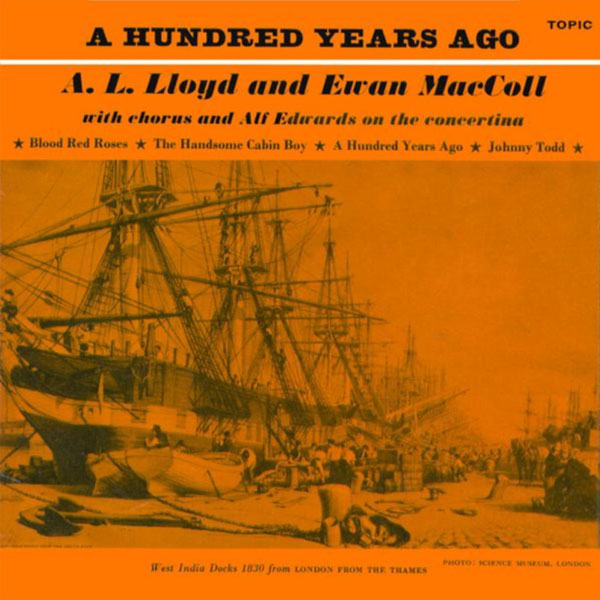Featured Artists
- MENU
- A through C
- D through H
- I through O
- P through Z

Ewan MacColl

- A Hundred Years Ago
- 1963 - Topic TOP99 EP [7"] (UK)
- Side One
- Blood Red Roses
- The Handsome Cabin Boy
- Side Two
- A Hundred Years Ago
- Johnny Todd
- Musicians
- Ewan MacColl: Vocals [2, 4]
- A. L. Lloyd: Vocals [1, 3]
- … with chorus [1, 3]
- Alf Edwards: Concertina [2, 4]
- Notes
- Information on this release comes from outside sources.


